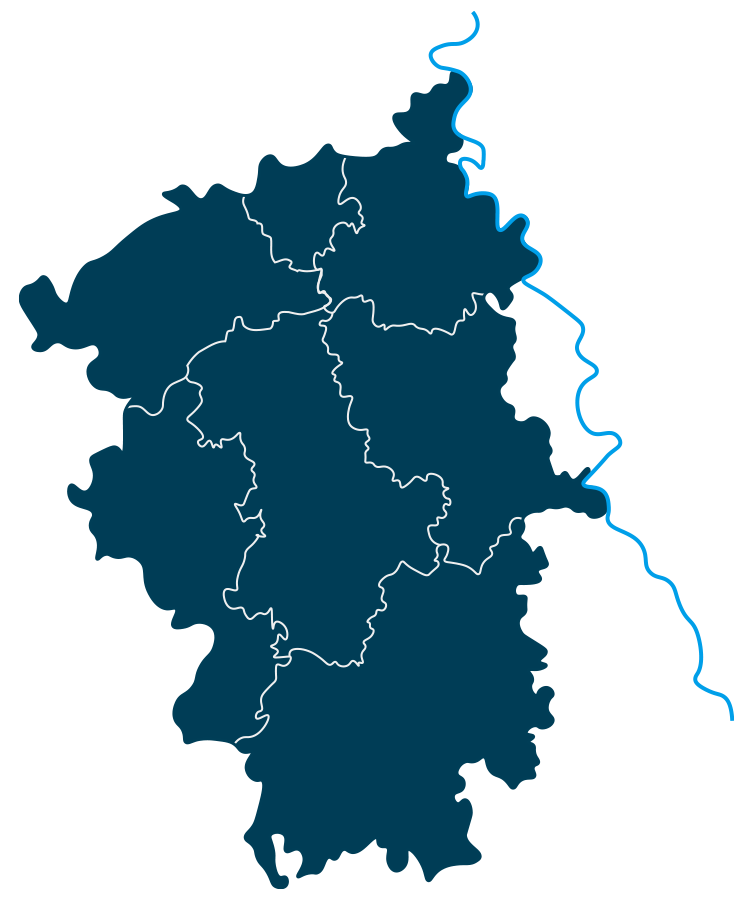
Erkelenz
MULTI-SOFC
HC-H2 projects in the Rhenish mining area
Lignite will be phased out in the Rhenish mining area by 2030 at the latest. This was decided by the federal government and the NRW state government in 2022.
In doing so, they have once again modified the law passed in 2020 to phase out lignite-fired power generation, in which 2038 was specified as the year of the final phase-out.
Germany is phasing out coal because it is an energy source that releases climate-impacting gases such as CO2 when used to generate electricity. These emissions are one of the main causes of the unnaturally rapid global warming that is currently taking place and which urgently needs to be slowed down.
This results in two tasks: Developing technologies for a climate-friendly energy economy of the future and creating new economic power in the Rhenish mining area to compensate for the loss of lignite. This is why our Helmholtz Cluster for a sustainable and infrastructure-compatible hydrogen economy (HC-H2) was founded. It consists of the Institute for a Sustainable Hydrogen Economy (INW) at the Jülich Research Centre and its project partners from science, business, industry and local authorities, who want to make the Rhenish mining area a demonstration region for the hydrogen technologies of the future.
HC-H2 is setting up demonstration projects in the Rhineland mining district to show investors that innovative hydrogen technologies work and are also safe and economically viable. The demonstrators, which will be located at various sites in the region, will be visible worldwide. INW Founding Director Prof Peter Wasserscheid likes to use the example of the energy minister from Colombia coming to the Rhenish mining district and seeing functioning technologies here that are also relevant for his country – and buying them here.
The HC-H2 thus plays the role of an accelerator. It is helping to establish innovative and climate-friendly hydrogen technologies on the market faster than usual. And it is playing its part in structural change: the transformation of the Rhenish mining district from a region that sells energy generated from lignite to Germany to a region that exports new energy technologies. New jobs are to be created with the construction, operation and export of the new technologies to Germany and the world. In the long term, 15 to 20 such demonstration projects are planned. The multi-SOFC project in Erkelenz is the first to be launched.